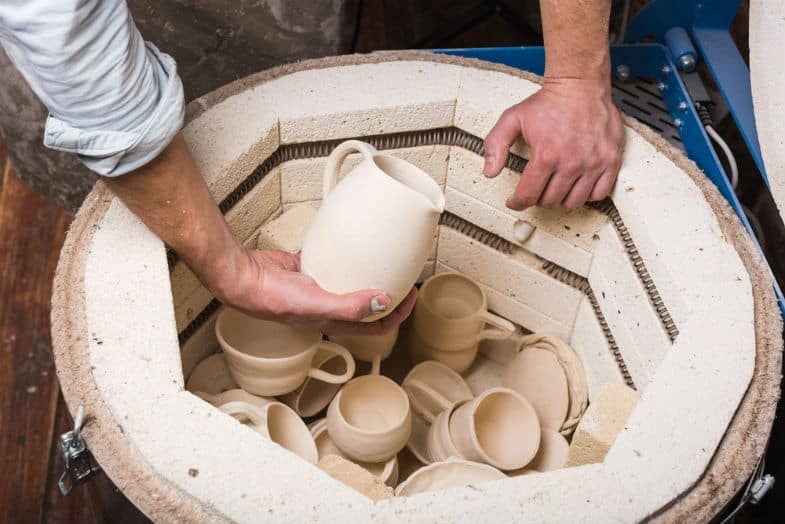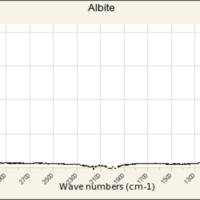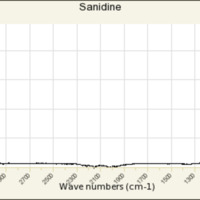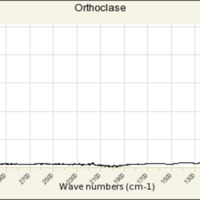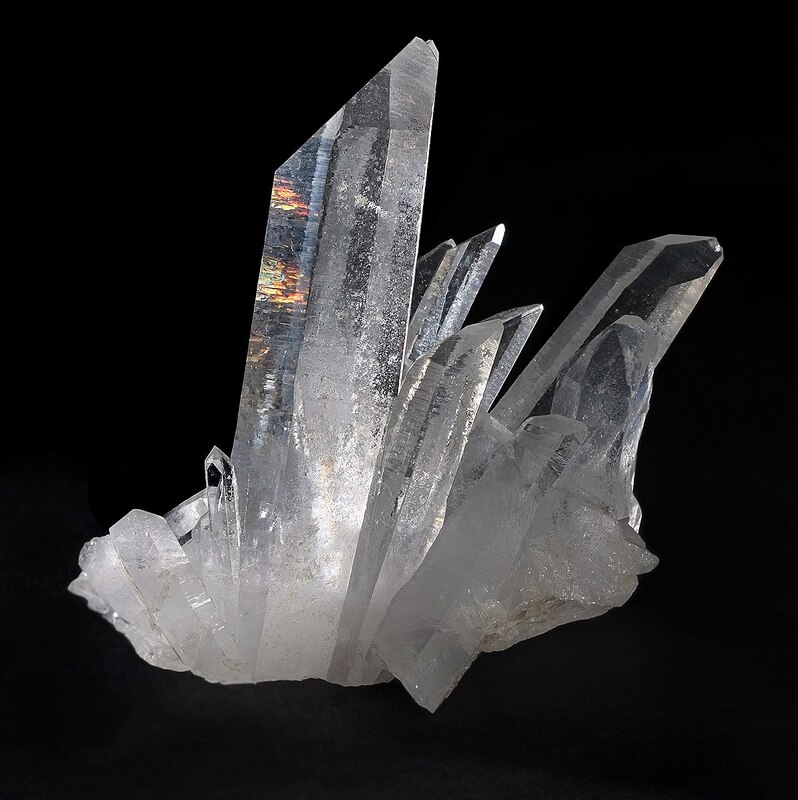What might be present in the sample?
Clay-fired buttons as part of production technique. The buttons are likely clay fired because of the presence of the strong 1030 cm-1. Prosser buttons are ceramic clothing ornaments produced in the nineteenth and twentieth century.
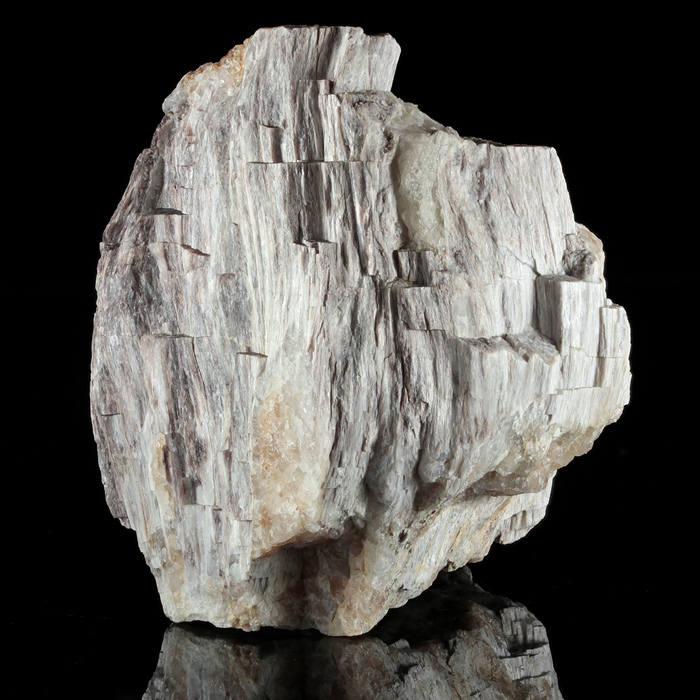
Figure 9. Sillimanite is a white glass-looking silicate that often has slender protrusion-like crystals. These crystals often appear as fibrous collectives.
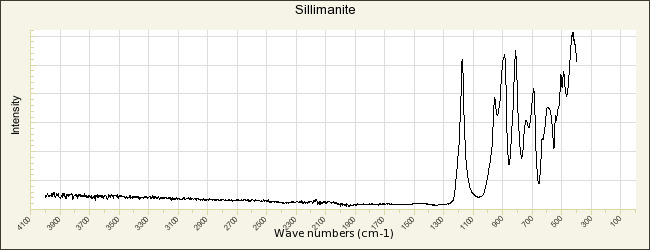
Figure 10. Reference spectra for Sillimanite provided by RRUFF Database.
Sillimanite may be present in the sample. Reference spectra indicated that sillimanite has bands around 1190, 990, 980, 818, and 690 cm-1. This parallels frequent bands around 1190-1180, 990 and 980 cm-1 present in many of the spectra. This could be part of the feldspar combination and bands could have been affected by heating processes in production.

Figure 11. Felspar is a designation given to a group of minerals that are separated based on their alumina and silica content. Albite, one type of feldspar explored for this project, is pictured.
Potential other feldspars. Albite, sanidine, orthoclase and microcline. Reference spectra for microcline indicate a peak at 1050 cm-1 as well, which is similar to the 1050 cm-1 peak present in all of the buttons. Sanidine contains bands at 1118 and 1026 cm-1 (De Benedetto 2002). Albite also appears to be present in the button mixture. Unlike the other two feldspars, the most intense peak for albite appears to be at 990 cm-1 Most of the button samples have peaks at about 715 to 720 cm-1, consistent with the 723 cm-1peak in the albite reference spectra. Sanidine also has a peak at 1058 cm-1, which could also overlap with the 1040 and 1050 cm-1 peaks present in microcline, abelite and orthoclase. The overlap in peaks makes identification difficult.
Reference spectra provides a view of isolated mineral compositions to compare to the undetermined button sample.
No evidence for quartz. The infrared spectra do not indicate the presence of quartz. No quartz was observed because there was no distinct doublet peak at 778 and 798 cm-1 (Shoval 2017). The spectral data also did not include the main Si-O stretch in quartz at 1084 cm-1so quartz was very likely not present in the sample.

